WESTERNS
By NetflixSearch
- Home
- Trending
- What to Watch
- TV Shows
- Movies
- More from Netflix
- Popular
- The Accident
- Emily in Paris
- Love Next Door
- IC 814: The Kandahar Hijack
- The Union
- The Deliverance
- Wednesday
- Bridgerton
- Stranger Things
- A Family Affair
Why Are Westerns Still Popular? – Netflix Tudum
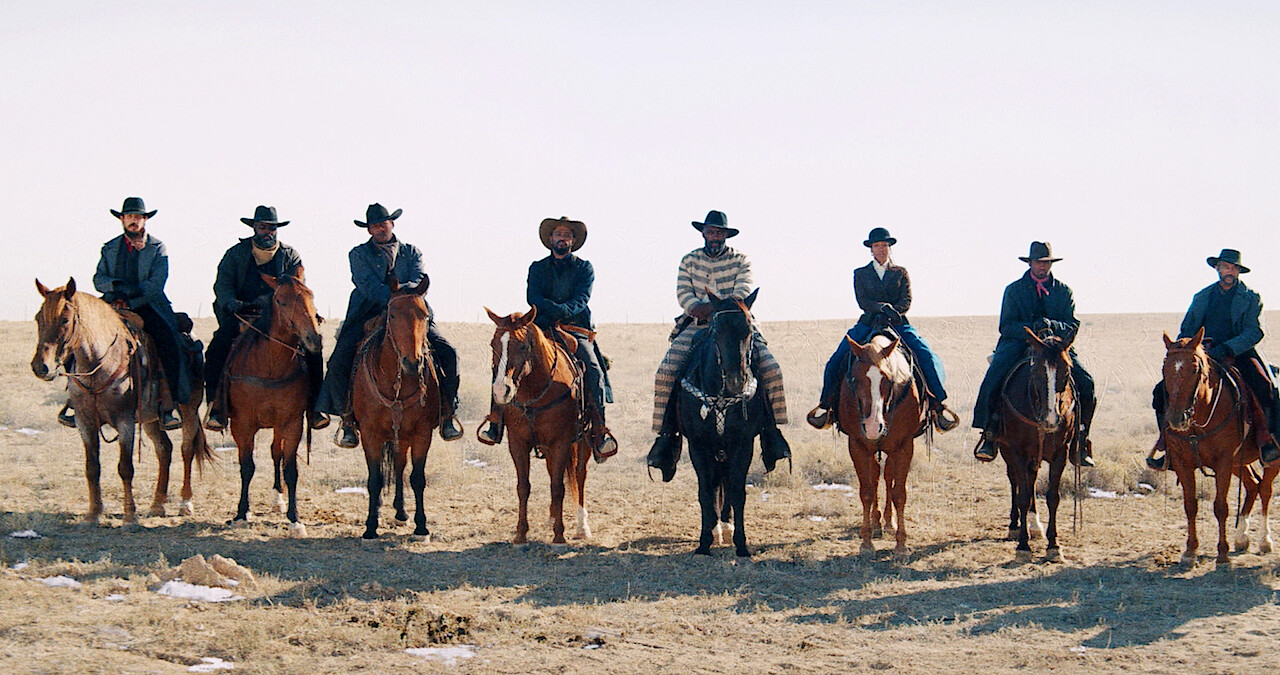 CultureWhy Westerns Will Always WinBetween ‘The Harder They Fall’ and ‘The Power of the Dog,’ the genre is evolving and better than ever.By Josh TerryDec. 27, 2021
CultureWhy Westerns Will Always WinBetween ‘The Harder They Fall’ and ‘The Power of the Dog,’ the genre is evolving and better than ever.By Josh TerryDec. 27, 2021
Jeymes Samuel’s thrilling and innovative new WesternThe Harder They Fall begins with an opening title card that reads, “While the events of this story are fictional . . . These. People. Existed.” It’s a clever introduction to how Samuel, in his first feature-length film, creatively reimagined the lives of real-life Black figures from the Old West like Nat Love, Stagecoach Mary, Rufus Buck and Cherokee Bill, but it’s also indicative of how the Western has approached US history to inform the present. This film, which stars Jonathan Majors, Idris Elba and Regina King, is a radical reclamation of a predominantly white genre suited for the present day. However, the movie is also proof that Westerns reflect the times they were made in and the people who made them as well or better than other genres.
For better or worse, filmmakers have creatively juxtaposed real events against the backdrop of the West’s gorgeously brutal landscapes to explore how we live today, making films that are a reflection of US values and mythology. From the earliest movies portraying black-and-white (both literal and figurative) tales of good versus evil to 2021’s The Harder They Fall and The Power of the Dog, the genre has gotten more nuanced and more vital as its stories have evolved. Though Westerns are no longer as ubiquitous as they once were during the heyday of John Wayne and John Ford, there’s still an audience for them. That filmmakers are using the form to tell modern stories that feel vital and resonant is proof that the Western won’t ever fade, even as audiences and studios change their tastes.
According to the Wall Street Journal, between “2010 and 2019, Hollywood released 49 films domestically classified as Westerns” compared to just 23 from 2000 to 2009. Several of the most acclaimed directors —Quentin Tarantino (The Hateful Eight, Django Unchained), the Coen brothers (True Grit, No Country for Old Men, The Ballad of Buster Scruggs), Kelly Reichardt (First Cow, Meek’s Cutoff), Alejandro Iñárritu (The Revenant) and Paul Thomas Anderson (There Will Be Blood) — have all dabbled in the genre. Chloé Zhao’s Nomadland, which won best picture at the 2021 Academy Awards, isn’t a traditional Western, but it’s set in the present day West and features a mysterious, wandering protagonist who pines for a lost way of life.
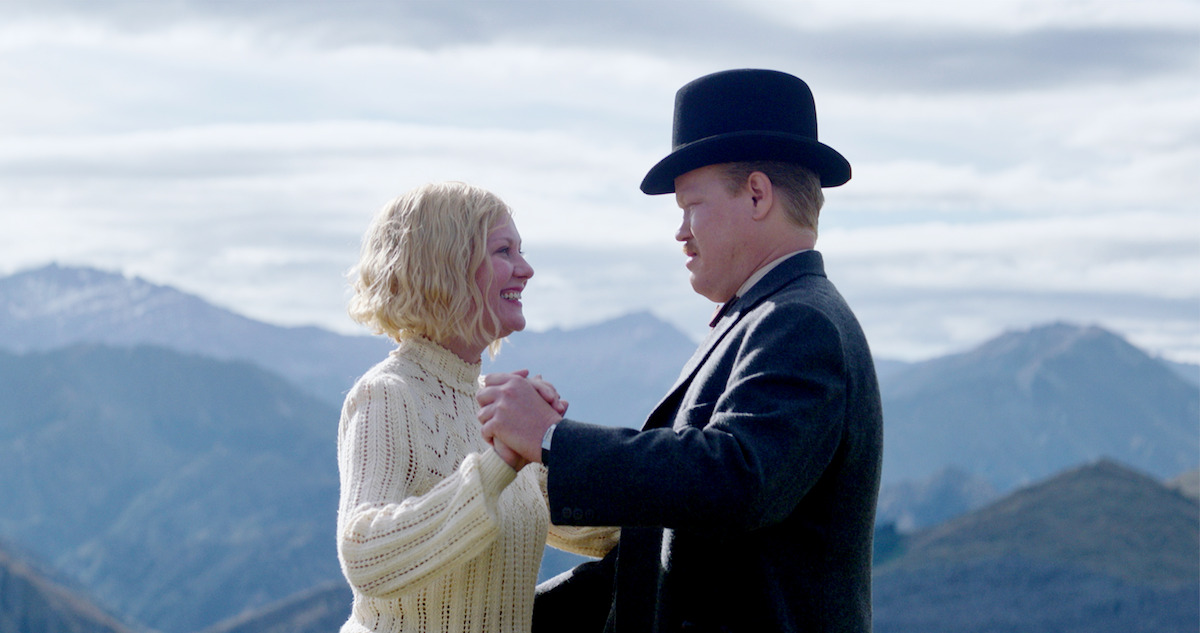
The highest-rated TV series is Paramount Network’s Yellowstone, a modern-day Western drama starring Kevin Costner that drew 14.7 million viewers for its season premiere. Showrunner Taylor Sheridan has more Western-adjacent series in the works including the Yellowstone origin story 1883, starring Faith Hill and Tim McGraw as well as 6666. At Disney+, hit Star Wars series The Mandalorian was heavily inspired by Sergio Leone’s spaghetti Westerns. (Series creator Jon Favreau has joked about the comparisons online.) Red Dead Redemption 2, an ambitious 2018 video game where you can be a cowboy in the Old West, sold more than 39 million copies and may have inspired Lil Nas X to write his record-breaking and genre-smashing single “Old Town Road.” This year, Beyoncé’s Ivy Park Rodeo fashion line proved that the cowboy aesthetic is timeless, supremely cool and able to adapt with the times.
We can partially credit the genre’s enduring popularity to its malleability. As America has evolved, so too have Westerns. From the earliest pioneering films, like the silent 1923 epic The Covered Wagon and John Ford’s 1939 first talking Western, Stagecoach, Westerns have reflected how America has thought of itself. While many of the first examples of the form showcased tales of good versus evil and the promise and peril of frontier expansion, these stories became more complicated during the postwar era. The Academy Award–winning 1952 film High Noon, written by Carl Foreman, who was blacklisted by the House Un-American Activities Committee for alleged Communist sympathies, can be viewed as an anti-McCarthyism allegory and a reflection of the turbulent and paranoid political climate of the time. John Ford’s The Searchers (1956) took an uncompromising and unsettling look at racism.
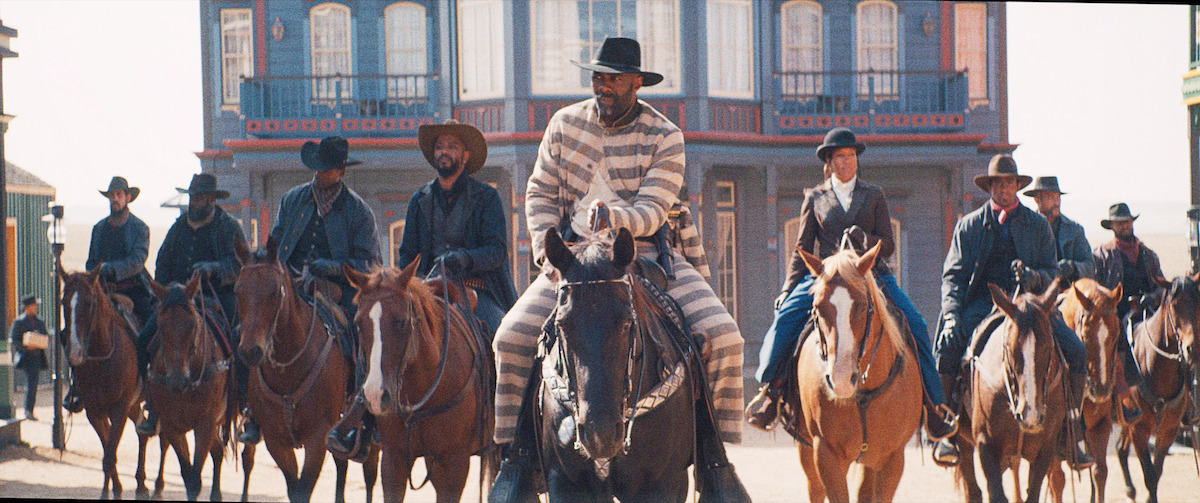
When the censorial and regressive Hays Code ended in 1968, allowing motion pictures to tackle previously verboten topics and be released under the MPAA ratings system, anti-Westerns and revisionist Westerns took hold. There’s 1969’s Butch Cassidy and the Sundance Kid, the first Western with outlaw protagonists; the brutally violent The Wild Bunch (1969); 1971’s McCabe and Mrs. Miller, about a gambler opening a brothel in a snowy frontier town, which all further subverted and dissected the genre. At the same time, Westerns made by Italians like Leone, and often filmed in Spain (watch Netflix documentary Sad Hill Unearthed for more about a location used in one of these films), popularized the anti-hero with morally ambiguous protagonists like Clint Eastwood’s The Man with No Name. Arthur Penn’s 1970 revisionist Western Little Big Man used its sympathetic portrayal of Indigenous peoples and their attempted extermination at the hands of the US government as commentary on the Vietnam War. In 1972, Buck and the Preacher became one of the first Westerns directed by a Black man, Sidney Poitier, and featured Black heroes.
Westerns waned in popularity during the late 1970s and throughout the 1980s. In fact, after Mel Brooks’ 1974 comedy Blazing Saddles, which skewered the genre’s tropes, no Western since has topped the year-end box office totals. But that doesn’t mean Westerns died or the stories they told lost relevance. In the 1990s, essential films like Kevin Costner’s Dances With Wolves (1990) and Clint Eastwood epic Unforgiven (1992) revitalized the form. The former took a much more critical look at Manifest Destiny and America’s treatment of Indigenous peoples, while the latter paid homage to a dying genre. However, Westerns from the past two decades have been vital and revolutionary, like Ang Lee’s 2005 gay love story Brokeback Mountain or the merciless 2007 masterpiece No Country for Old Men — stories that could only be fully told in their era. While there have been missteps in the form, like the misguided steampunk sci-fi of 1999’s Wild Wild West or the offensive 2013 Disney update of The Lone Ranger, most recent offerings from filmmakers like the Coens, Reichardt, Tarantino, Zhao and more have been excellent.

Another acclaimed director diving into the Western is New Zealand’s Jane Campion, who returns after a 12-year film hiatus with the masterful The Power of the Dog. A haunting, tense and empathic chamber drama starring Benedict Cumberbatch, Kirsten Dunst, Jesse Plemons and Kodi Smit-McPhee (who was excellent in another recent Western, 2015’s Slow West), the film is set in 1920s Montana. As a filmmaker, Campion’s evocative style is more concerned with the silences and hidden motivations between the lines of the script than pace and action. This patience juxtaposed with the grandeur of the landscape and Jonny Greenwood’s haunting score makes for one of the most gorgeous movies of 2021.The way Campion captures the story adapted from Thomas Savage’s 1967 novel, from the brooding, repressed bully of Benedict Cumberbatch’s Phil, the tender relationship between mother and son and the simmering boil of the finale, makes it feel totally resonant today as it thoughtfully dissects the performance of masculinity. Campion is a master at using the past to inform how we live today, and The Power of the Dog might be the platonic ideal of this skill.
Compared to Campion’s Western, Samuel’s debut is just as successful but a totally different film. Where the violence in The Power of the Dog is implied and the pacing meditative, The Harder They Fall is a rapid-fire blitz of action and plot. Honing in on the battles between Rufus Buck’s (Idris Elba) gang and the Nat Love (Jonathan Majors) gang, Samuel makes a breezy but meaty action Western complete with mesmerizing and stylized shots, a stellar soundtrack the director curated himself and the archetypal tale of revenge.
The fact that these characters were real people makes it even more powerful. “Any person of color — Mexicans, Blacks, Asians, Native Americans — was [historically] treated less than human [in Westerns],” Samuel says in an interview with Netflix. “Women of any color were always subservient. So, after a while, I [started discovering] all these people of color — these amazing men and women of all ethnic backgrounds that lived in the Old West. That became my love.” Just as Westerns provided Americans the exceptionalist myth of the good sheriff fighting evil hordes, protecting the defenseless and being the rugged outsider, it can also be the perfect vessel for grappling with its past, coming to terms with its treatment of Indigenous peoples and other marginalized groups.
Westerns are the backbone of American film, an enduring genre that’s adaptable and amenable to current thoughts, feelings and political sensibilities. These are films now being made even more essential by voices previously often excluded by the form. In a 2017 piece, The Hollywood Reporter speculates that pre-1960, 40% of all films were Westerns. While those days are obviously gone, Westerns don’t need to be as ubiquitous as superhero films to be as important. As Samuel grew up adoring Westerns in London to eventually direct, co-write and release The Harder They Fall at age 42, these movies and their reverent love for the form will undoubtedly inspire the next class to reinvent the genre.
Discover More Culture
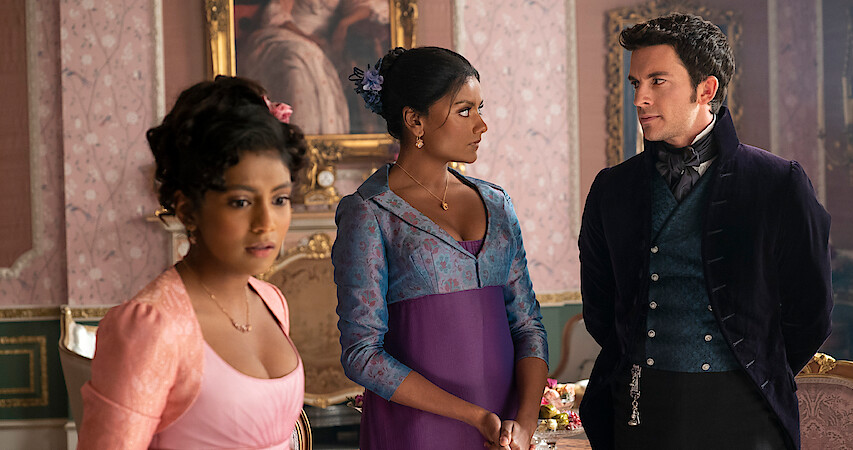 CultureImmerse in Kate and Anthony’s Slow Burn ‘Bridgerton’ Season 2 RomanceBy Nichole PerkinsMay 13
CultureImmerse in Kate and Anthony’s Slow Burn ‘Bridgerton’ Season 2 RomanceBy Nichole PerkinsMay 13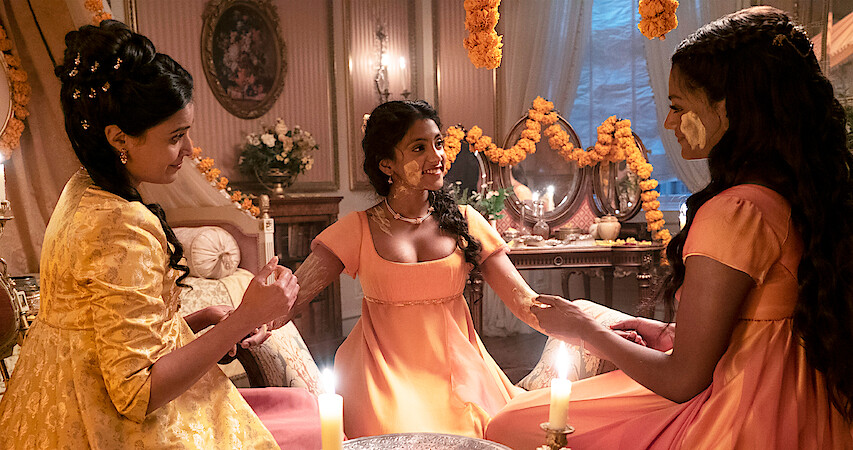 CultureSouth Asian Stars React to ‘Bridgerton’s’ Most Touching ScenesBy Ariana RomeroMarch 4
CultureSouth Asian Stars React to ‘Bridgerton’s’ Most Touching ScenesBy Ariana RomeroMarch 4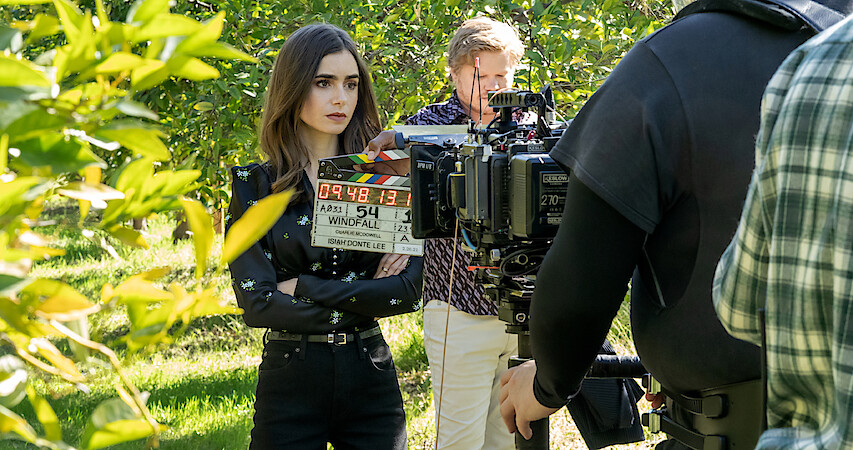 CultureHow Charlie McDowell Became the Master of the Single-Location MovieBy Max CeaMarch 4
CultureHow Charlie McDowell Became the Master of the Single-Location MovieBy Max CeaMarch 4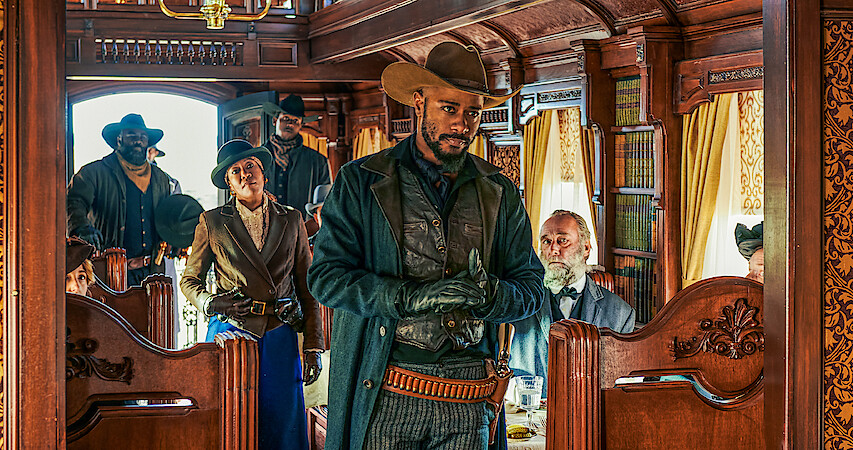 CultureDeconstructing the Sex Appeal of LaKeith Stanfield Across Four RolesBy Aramide TinubuMarch 4
CultureDeconstructing the Sex Appeal of LaKeith Stanfield Across Four RolesBy Aramide TinubuMarch 4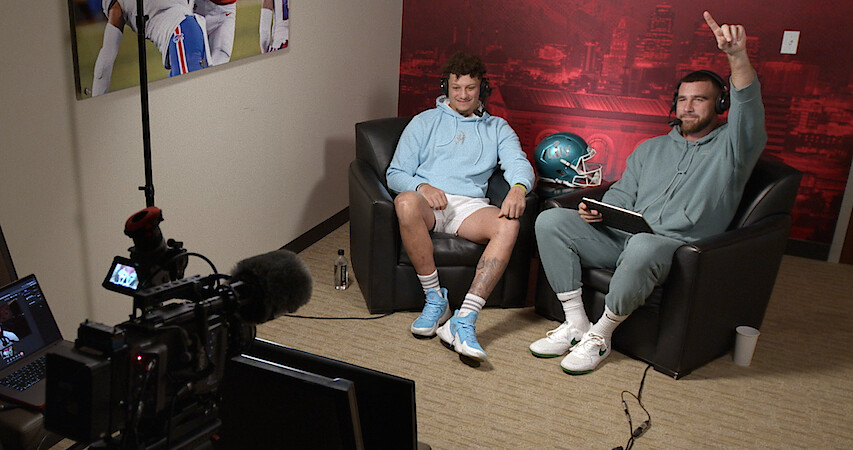 CultureOK, but Did You Catch This Charming Travis Kelce Moment in ‘Quarterback’?By Erin CorbettOct. 11
CultureOK, but Did You Catch This Charming Travis Kelce Moment in ‘Quarterback’?By Erin CorbettOct. 11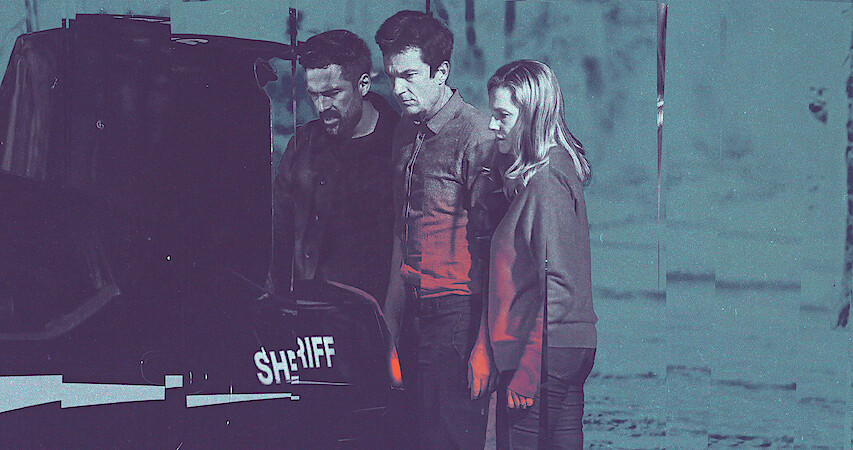 CultureFor ‘Ozark’ Showrunner Chris Mundy, Some Deaths Surprised Even HimBy Max CeaMay 3, 2022
CultureFor ‘Ozark’ Showrunner Chris Mundy, Some Deaths Surprised Even HimBy Max CeaMay 3, 2022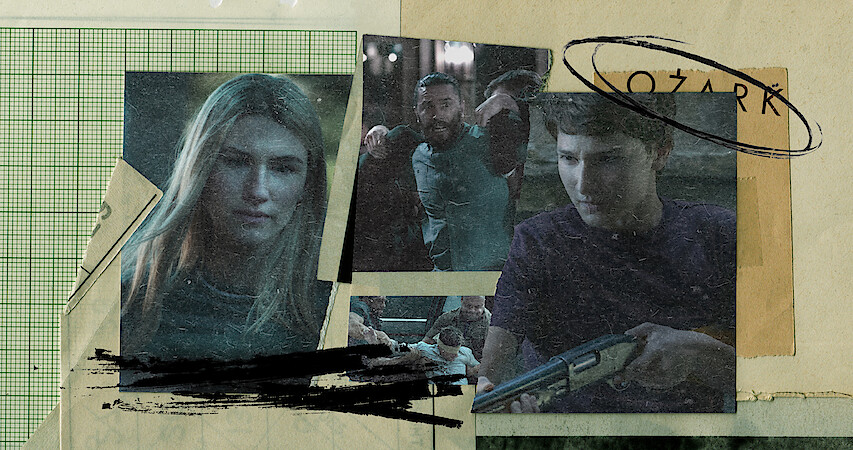 Culture‘Ozark’ Showrunner Considers Spin-Offs, Swear Words and His Fave Needle DropsBy Max CeaApril 29, 2022
Culture‘Ozark’ Showrunner Considers Spin-Offs, Swear Words and His Fave Needle DropsBy Max CeaApril 29, 2022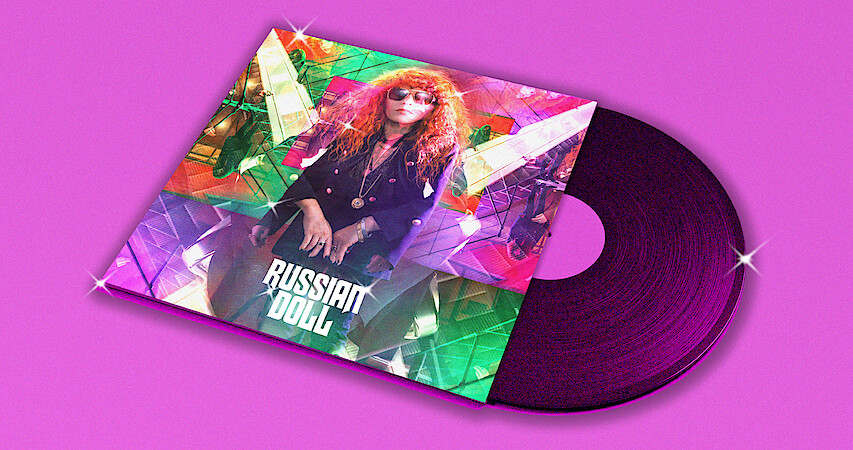 CultureInside the Time-Traveling Soundtrack of ‘Russian Doll’ Season 2By Josh TerryApril 29, 2022
CultureInside the Time-Traveling Soundtrack of ‘Russian Doll’ Season 2By Josh TerryApril 29, 2022
Latest News
- NewsEverything to Know About the Stranger Things: The First Shadow Play in London12:40 pm
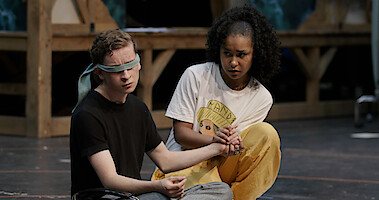
- NewsSink Your Teeth Into the New Twilight Animated Series Midnight Sun12:17 pm

- NewsCast Announced for the Duffer Brothers’ Upcoming Sci-Fi Series The Boroughs12:15 pm

- ExplainerGetting Around LA in Netflix Stories: Selling Sunset, the Mobile Game12:10 pm
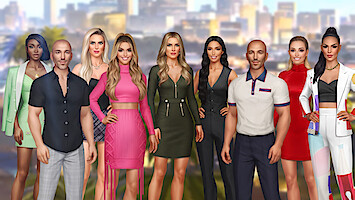
- Deep DiveEverything You Need to Know About Netflix Stories: Selling Sunset Mobile Game12:00 pm

- Deep DiveHungry for More? Chef’s Table Is Cooking Up Three New Seasons11:14 am

Popular Now
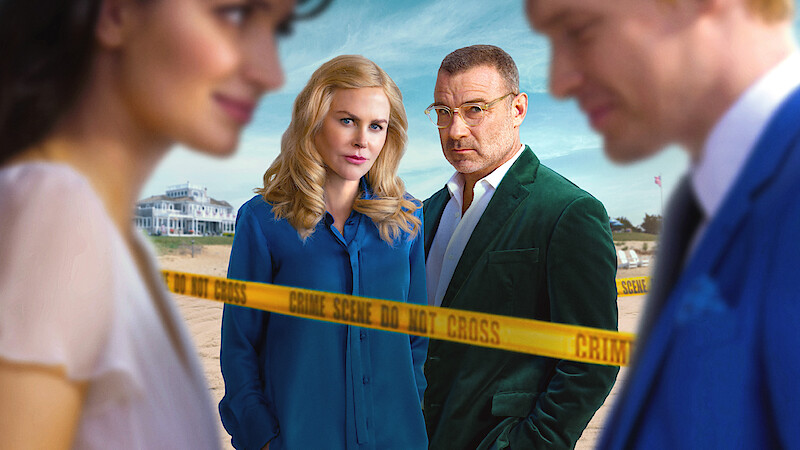 New on NetflixNew on Netflix in September 2024By Erin CorbettYesterday 2:30 pm
New on NetflixNew on Netflix in September 2024By Erin CorbettYesterday 2:30 pm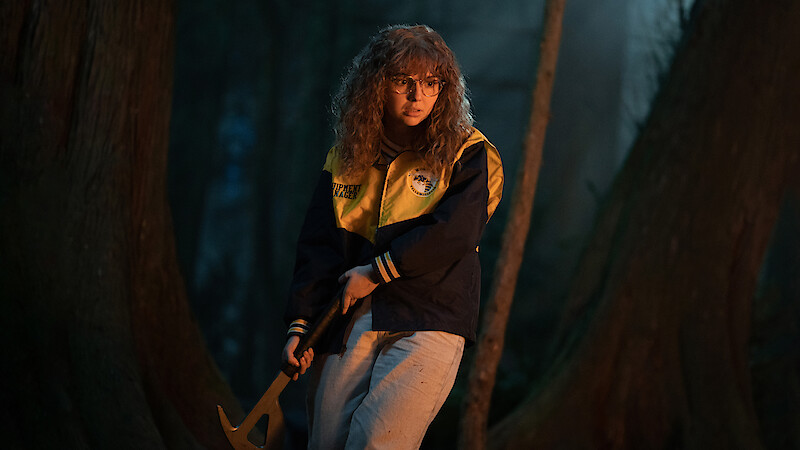 Deep DiveYellowjackets is Coming, So Get Ready to Join the HiveBy Erin CorbettSept. 1
Deep DiveYellowjackets is Coming, So Get Ready to Join the HiveBy Erin CorbettSept. 1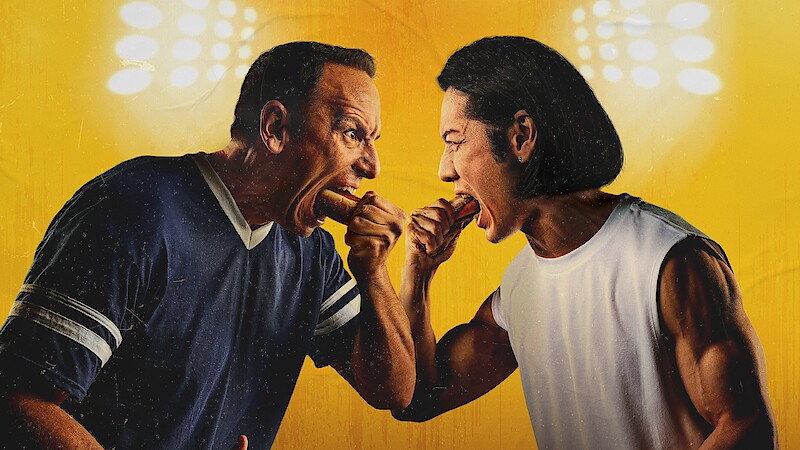 Deep DiveChestnut and Kobayashi Are Going Dog-For-Dog in Las VegasBy Tudum StaffYesterday 3:15 pm
Deep DiveChestnut and Kobayashi Are Going Dog-For-Dog in Las VegasBy Tudum StaffYesterday 3:15 pm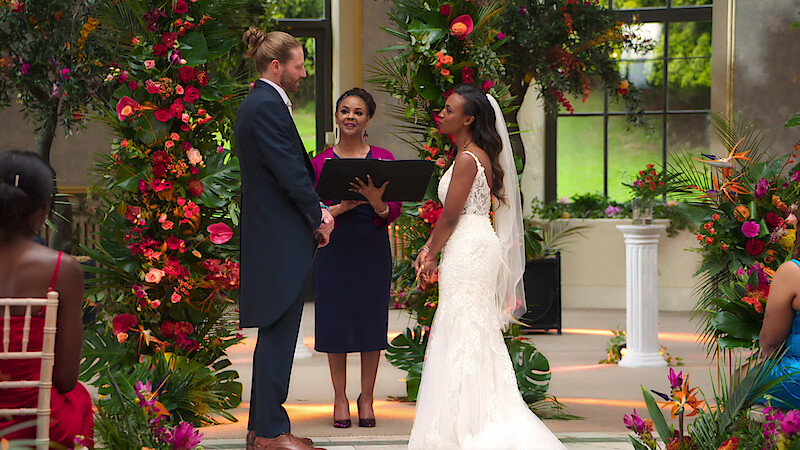 Status UpdateWho’s Still Together from Love Is Blind: UK and Where Is the Cast Now? By Cole DelbyckAug. 27
Status UpdateWho’s Still Together from Love Is Blind: UK and Where Is the Cast Now? By Cole DelbyckAug. 27
Popular Releases
Back To Top
- Home
- Privacy
- Terms of Use
- Cookie Preferences
- Do Not Sell or Share My Personal Information
- Ad Choices
- © 2024 netflix
